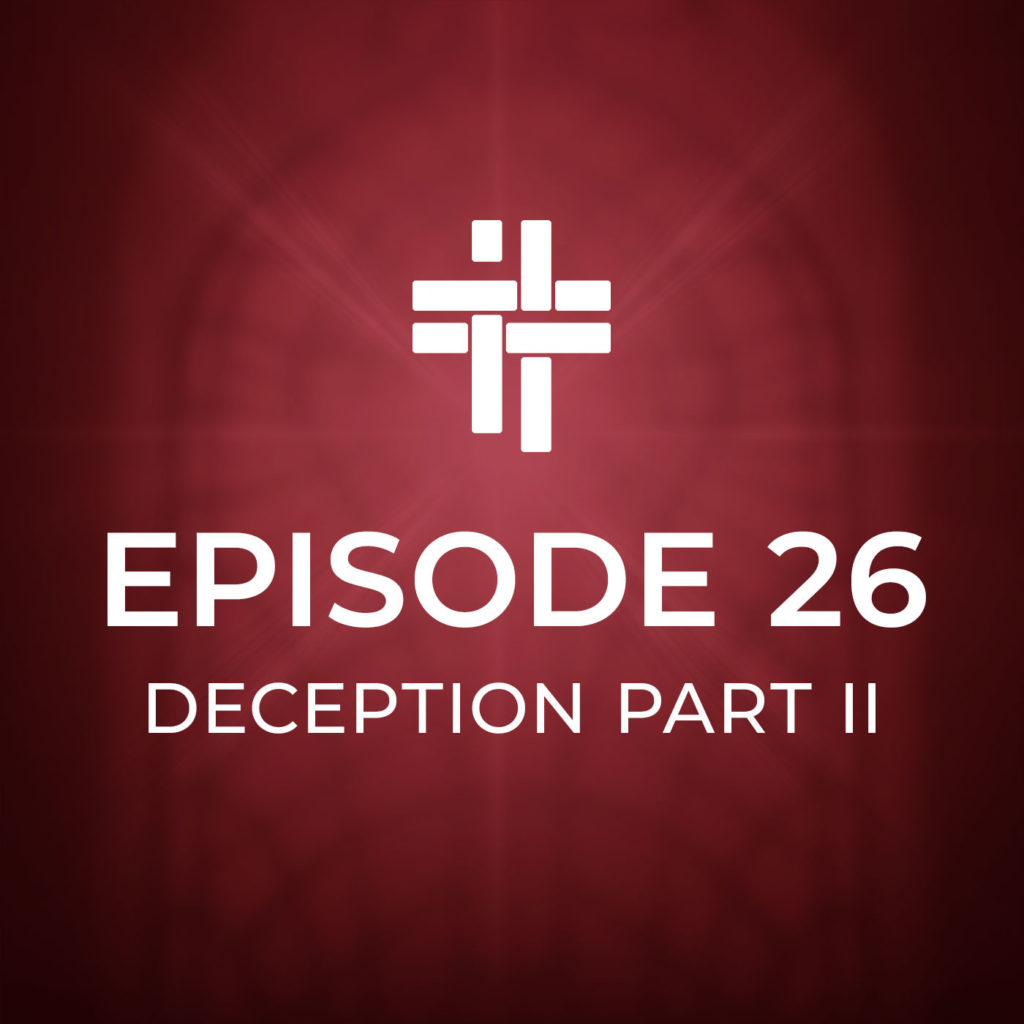In the previous episode, I introduced Destructive Hidden Influences, covert agents that foster fear and distrust. The prototype was the Serpent, also known as the Deceiver, introduced in Genesis. In this episode and the next few episodes, I will explore how the Destructive Hidden Influence — the most significant barrier to resolving conflict — affects peacemakers today. This topic can easily be overlooked. As destructive agents are usually hidden out of sight, they do not appear to be a barrier. This cloak of invisibility makes them 0deceptive and destructive.
Podcast: Play in new window | Download (Duration: 7:42 — 10.6MB) | Embed
Subscribe to the podcast
Credits
“Angel Share” and “Concentration” Kevin MacLeod Licensed under Creative Commons: By Attribution 3.0 License


